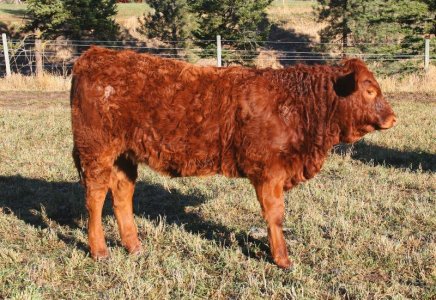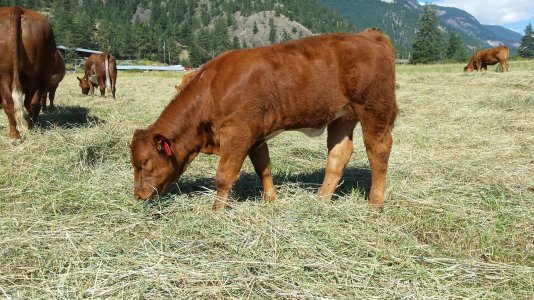Reading these posts, I believe the terms "maternal bull" and "terminal bull" have different meanings to different people. My view of the terms (doesn't mean it is right, just right for me) is that you breed to a "maternal bull" if you plan to keep replacement heifers from the matings. And breed to a "terminal bull" if you will not keep any replacements. The "maternal bull" will hopefully pass on genetics for fertility, moderate milk, maternal calving ease, easy keeping, good udders, good longevity (the desirable traits that you want in your cow herd). Hopefully maintain those good maternal traits in the replacements or at least not mess them up. You would not select replacements from a bull known for hard calving, hard doing, low fertility, poor milking, bad feet, etc. If you are not keeping any replacements, you don't care if the daughters of the bull will be hard to settle, late to puberty, small pelvic measurements, no milk, bad udder, no longevity, poor disposition, etc. How to evaluate? Based on the family history of the dam and granddam of the bull, phenotype of the bull and cow family, evaluation of previous set of calves, and EPD's if you believe in those. Now here is where my thinking might be a little different from some others. I don't think that the terms are always mutually exclusive. A bull can be both a maternal bull and a terminal bull if he passes on the desirable traits for both. If the daughters have good udders, moderate milk, fertility, good feet, longevity, good pelvic scores, mothering ability and the steers and market heifers have good growth and good carcass traits, then the bull is both a "maternal bull" and a "terminal bull". I believe many bulls do an acceptable (even good) job at both. If you will not keep any replacements, then no reason to even think about maternal traits. If you only run one bull and keep replacements, you need a maternal bull whether or not he is also a terminal bull.
Maternal and terminal applied to the cow herd - terminal cow means she is in the cull pen as soon as her calf is weaned waiting for the next trailer to town. A percentage of the replacements will always end up being "terminal". Just not making the grade and not earning the right to stay on the team.
Just my view.



